Cognitive Behavioral Therapy (CBT) is a structured, evidence-based treatment for anxiety that focuses on the connection between thoughts, feelings, and behaviors. CBT teaches practical skills such as cognitive restructuring, exposure exercises, relaxation techniques, and mindfulness practices to reduce anxiety and build long-term coping strategies. Many people notice meaningful improvements in as few as 6 sessions.
Anxiety can show up in countless ways, racing thoughts, sleepless nights, panic, or constant worry. It can leave you feeling stuck, overwhelmed, or unsure where to start.
The good news? Finding the right treatment can make a difference.
Cognitive Behavioral Therapy (CBT) consistently ranks as one of the most effective, well-studied treatments for anxiety. Why? Because it gives you practical, hands-on tools to change unhelpful thought patterns, face fears safely, and build lasting coping skills.
What Is CBT for Anxiety?
CBT is a structured, evidence-based form of talk therapy. Instead of focusing only on the past, CBT emphasizes the present: your thoughts, emotions, and behaviors.
The core idea is simple:
- Thoughts affect how we feel
- Feelings affect how we act
- Behaviors can reinforce anxious patterns or help break them
For people with anxiety, this framework is powerful because by learning to spot and reframe unhelpful thought patterns, CBT not only reduces immediate symptoms like worry and panic but also builds lasting coping skills to prevent anxiety from taking over in the future.
What to Expect in CBT Sessions for Anxiety
Many people wonder what happens in CBT for anxiety. While every therapist has their own style, most CBT sessions include:
- A check-in: Each session starts with discussing your week, including stress, triggers, or anxiety symptoms that came up.
- Identifying thought patterns: Your therapist will help you recognize automatic negative thoughts, worry loops, and cognitive distortions that often drive anxiety. This step is so important because becoming aware of these hidden thought patterns is the first step toward breaking the cycle of anxiety and gaining control over how you feel and respond.
- Learning CBT techniques for anxiety: You’ll practice evidence-based coping strategies such as reframing anxious thoughts, relaxation and breathing exercises, grounding techniques, and gradual exposure therapy to reduce avoidance behaviors.
- Taking techniques beyond session: CBT often includes take-home tools like journaling, mood tracking, or anxiety worksheets that strengthen skills and help you apply CBT strategies in real-life situations.
Common CBT Techniques for Anxiety
CBT offers practical, evidence-based techniques to help you better understand and manage anxiety. By learning to identify negative thought patterns, face fears gradually, and practice calming strategies, you gain tools to reduce worry and regain control over your daily life.
With consistent practice and guidance from a therapist, these skills become habits that help you respond to stress with confidence and clarity. Some of the most common techniques for anxiety include:
- Cognitive restructuring: This CBT technique helps you identify anxious or negative thoughts and learn how to challenge, reframe, and replace them with more balanced, realistic perspectives, reducing worry and self-doubt over time.
- Exposure therapy for anxiety: Instead of avoiding what makes you anxious, you’ll gradually and safely face feared situations in a structured way. This step-by-step process retrains your brain to respond with less fear and builds long-term confidence.
- Behavioral experiments: These practical exercises let you test your anxious predictions, like “If I speak up, everyone will judge me,” and gather real evidence to see if those fears actually come true. Over time, this helps weaken the hold of anxiety.
- Relaxation and mindfulness skills: CBT often includes stress-reduction strategies such as deep breathing, grounding exercises, progressive muscle relaxation, and mindfulness practices to calm your body’s stress response and quiet racing thoughts.
- CBT worksheets and homework: To reinforce what you learn in therapy, you’ll practice with take-home tools like journaling, tracking anxiety triggers, or writing down alternative perspectives. These worksheets help you apply CBT strategies in everyday life so progress continues between sessions.
How Long Does CBT Take to Work for Anxiety?
While everyone’s experience is unique, some people begin to notice meaningful improvements within 6 sessions with Spring Health, about 3 months of bi-weekly therapy. Some people experience shifts even sooner, especially when they actively practice CBT techniques between sessions.
The true power of CBT comes from consistency: the more you use these skills, the more naturally they become part of your daily routine.
Does CBT Really Work for Anxiety?
Research consistently shows that CBT is one of the most effective therapies for anxiety disorders. CBT has been shown to help people manage and reduce symptoms of:
- Generalized Anxiety Disorder (GAD)
- Panic Disorder
- Social Anxiety Disorder
- Phobias
- Health anxiety and Obsessive-Compulsive Disorder (OCD)
Studies also demonstrate that CBT can be as effective as prescription medication for anxiety, providing long-lasting relief. In many cases, a combined approach of CBT plus medication produces the best outcomes, helping you achieve faster symptom reduction.
Self-Help vs. Therapy: Can You Do CBT for Anxiety on Your Own?
Self-help CBT resources like books, apps, podcasts, and worksheets can be a helpful starting point. They provide practical tools and exercises that allow you to learn the basics of managing anxious thoughts, practicing relaxation techniques, and tracking triggers. However, anxiety often runs deeper than what self-guided exercises can address.
Working with a licensed therapist adds an important layer of support:
- They provide accountability
- They tailor strategies to your unique experiences
- They help uncover patterns or thought loops that might be hard to identify on your own.
Therapists can also teach advanced CBT techniques, guide exposure exercises safely, and help you navigate setbacks without losing momentum.
For many people, a blended approach works best. Practicing CBT techniques on your own between sessions while also benefiting from the personalized guidance of a therapist. This combination not only accelerates progress but also ensures that the skills you’re learning stick, giving you real, lasting tools to manage anxiety in daily life.
Key Takeaways of CBT for Anxiety
- Evidence-based and effective: CBT is one of the most researched treatments for managing anxiety.
- Structured sessions to hold you accountable: Work with a therapist to identify anxious thoughts, learn coping skills, and practice techniques between appointments.
- Tools that you can use as early as your first session: Common strategies include cognitive restructuring, exposure exercises, relaxation techniques, and guided worksheets.
- Proven outcomes: Many people notice meaningful improvements within 6 sessions with Spring Health.
- Therapy > self-help alone: Books, apps, and worksheets can help, but personalized guidance from a therapist provides accountability, deeper insight, and long-lasting benefits.
If you are struggling with anxiety, CBT can help you move from feeling stuck in cycles of worry to building confidence and calm. It is not a quick fix, but with practice, CBT provides tools that can last a lifetime.
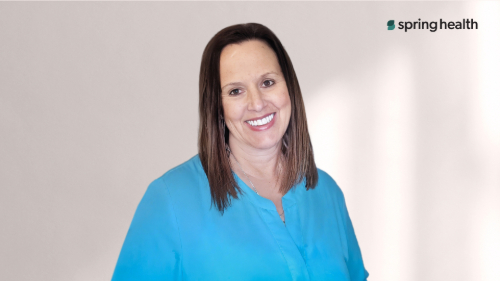
Juliene Cook is a therapist at Spring Health with expertise in life transitions, adolescent development, and family dynamics. With more than 25 years of experience as a middle school counselor, she brings a deep understanding of the challenges faced by youth and parents navigating the education system. Juliene integrates evidence-based practices, including Cognitive Behavioral Therapy (CBT) and Motivational Interviewing, to help individuals and families build resilience, enhance self-awareness, and develop practical coping strategies.

Veronna Dizon is a full-time provider who helps adults with anxiety, mood regulation, and achieving their career goals. She also specializes in reproductive and perinatal mental health and coping with medical conditions, and is passionate about providing culturally sensitive care to diverse communities including BIPOC, APIDA, and LGBTQ+. She seeks to deliver care through a collaborative and evidence-based approach to enhance learning, healing, and personal growth, and looks forward to partnering with you on your mental wellness journey.
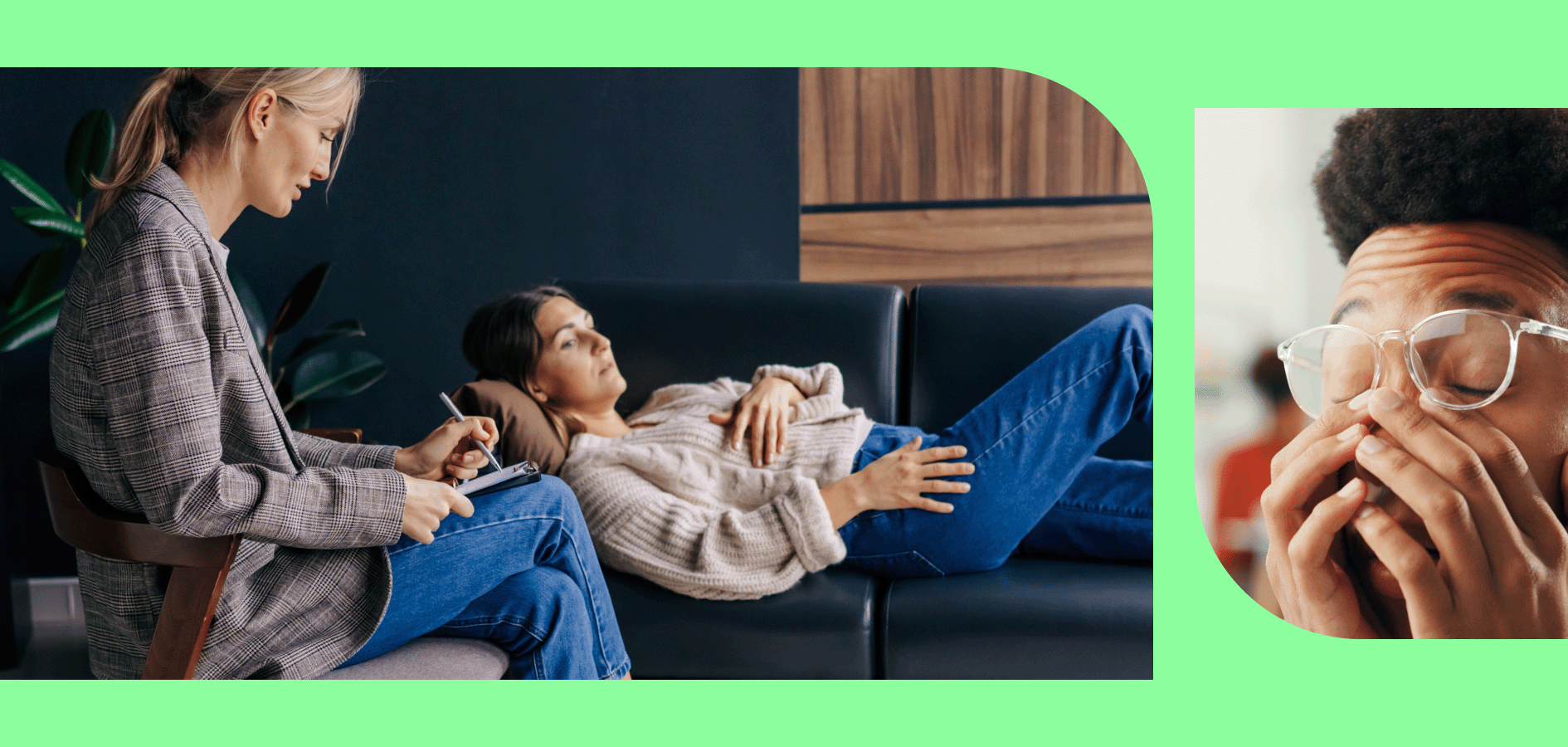


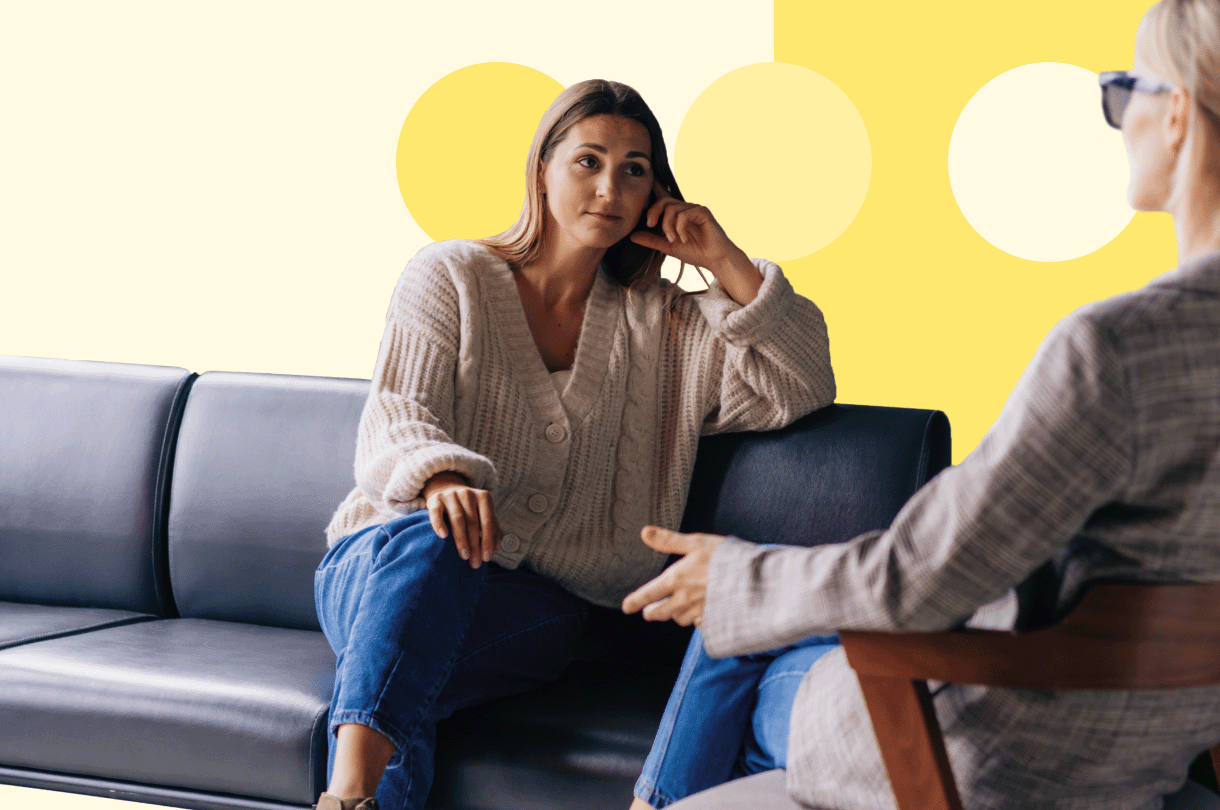
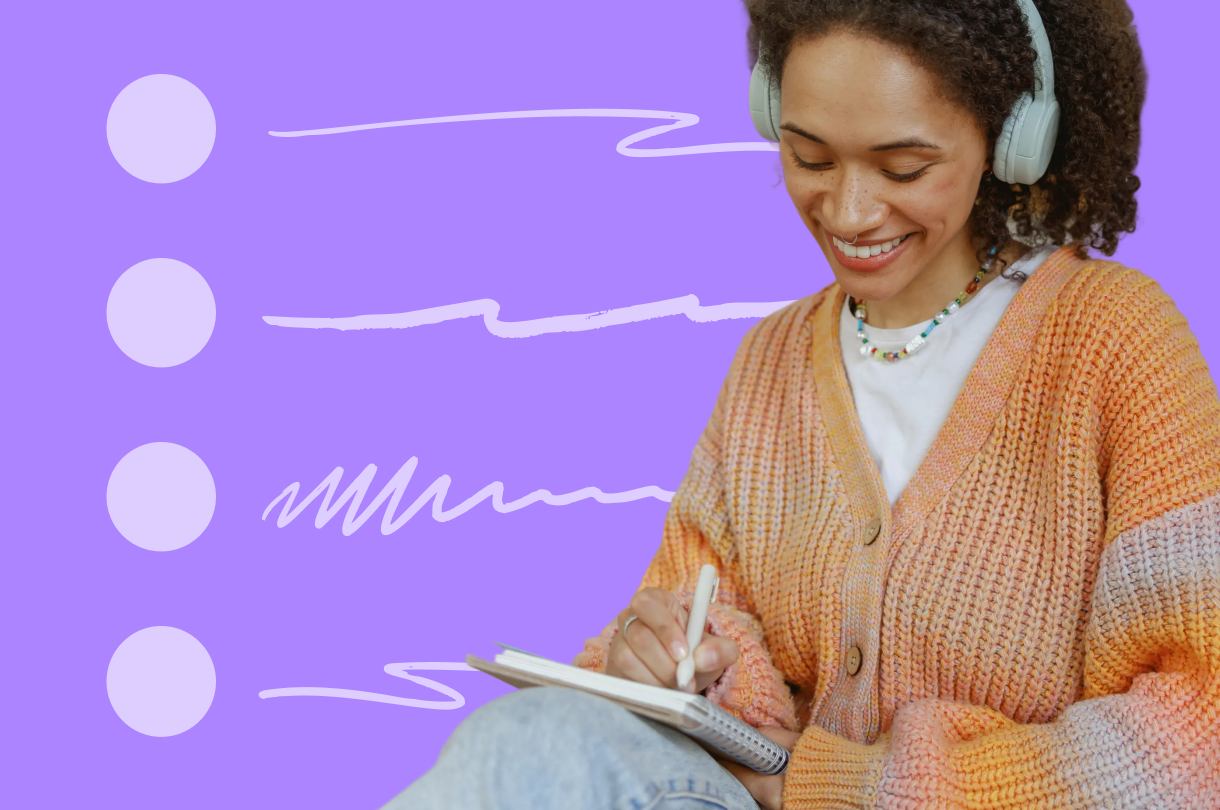

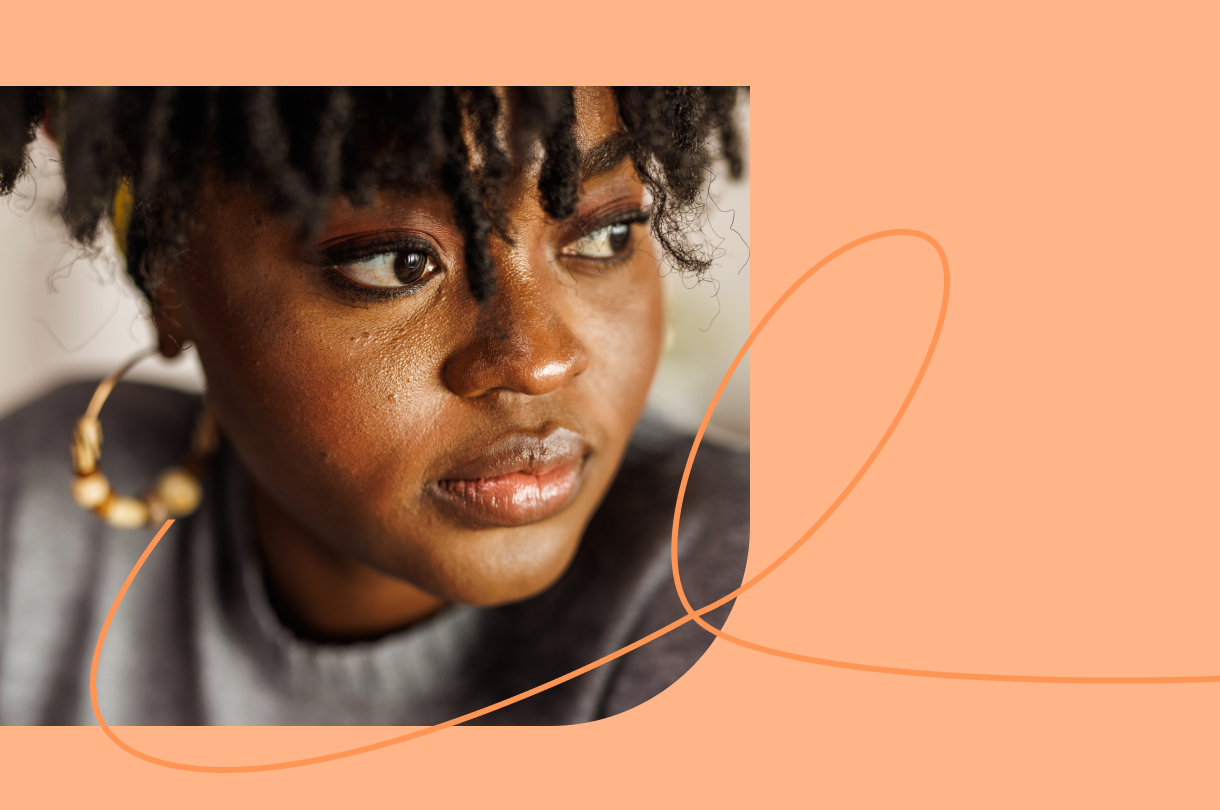
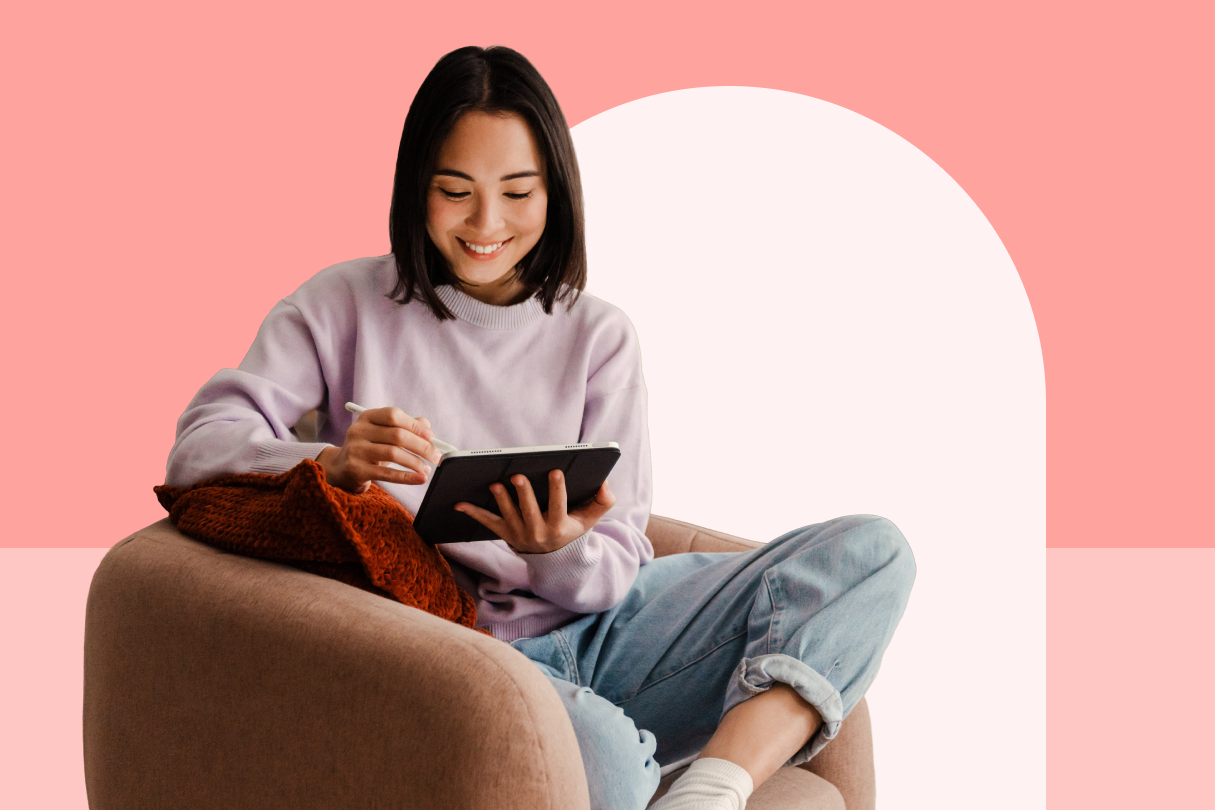

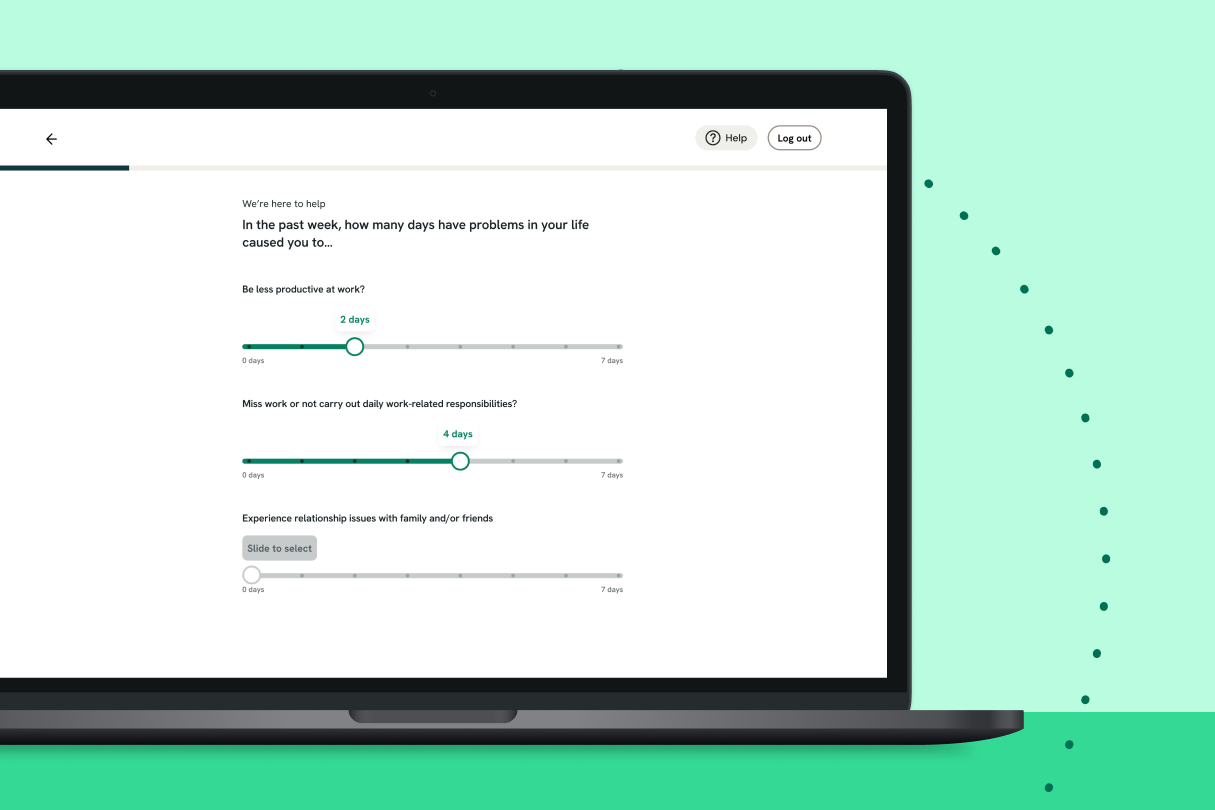
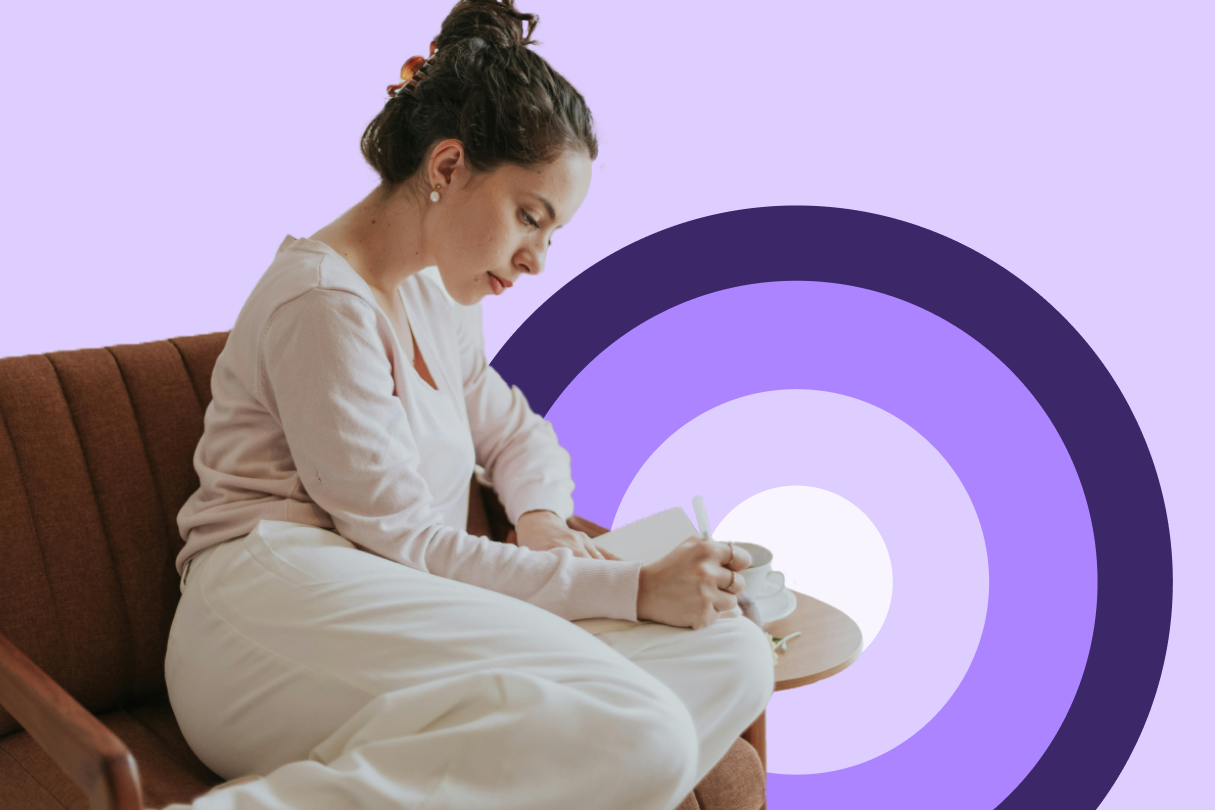
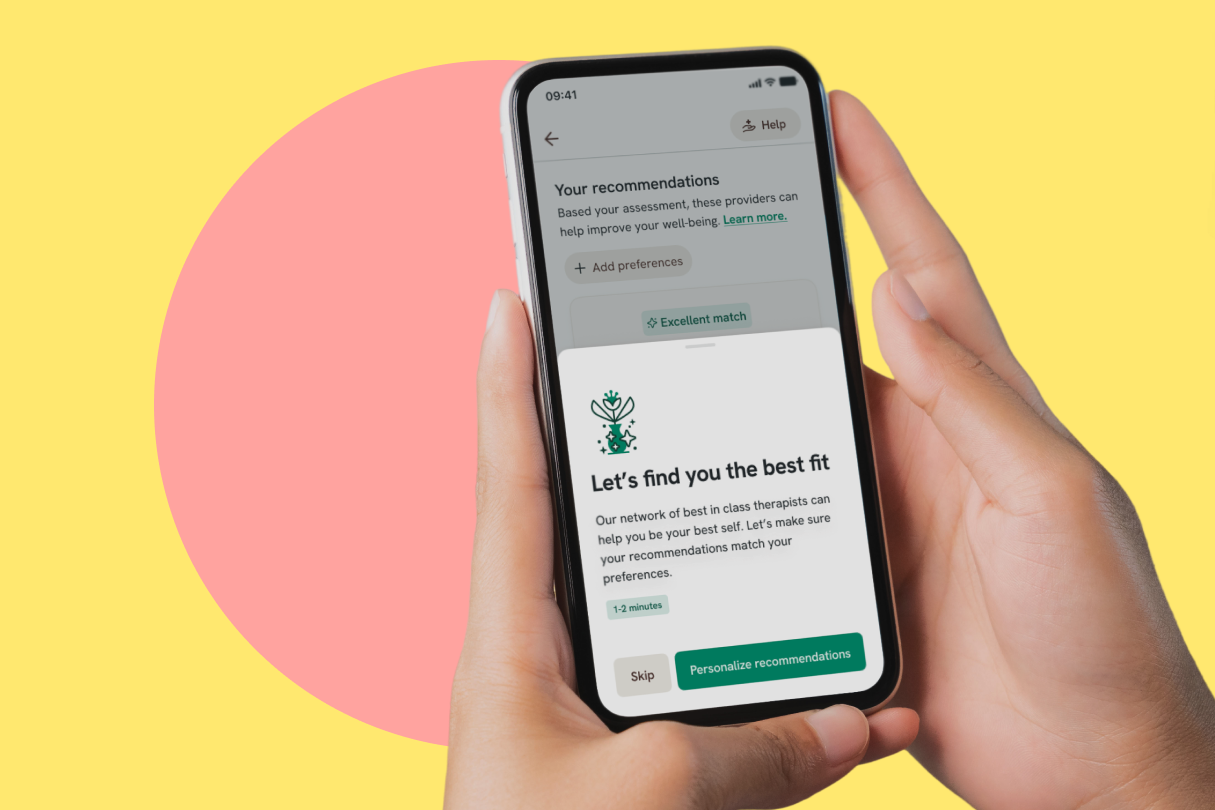
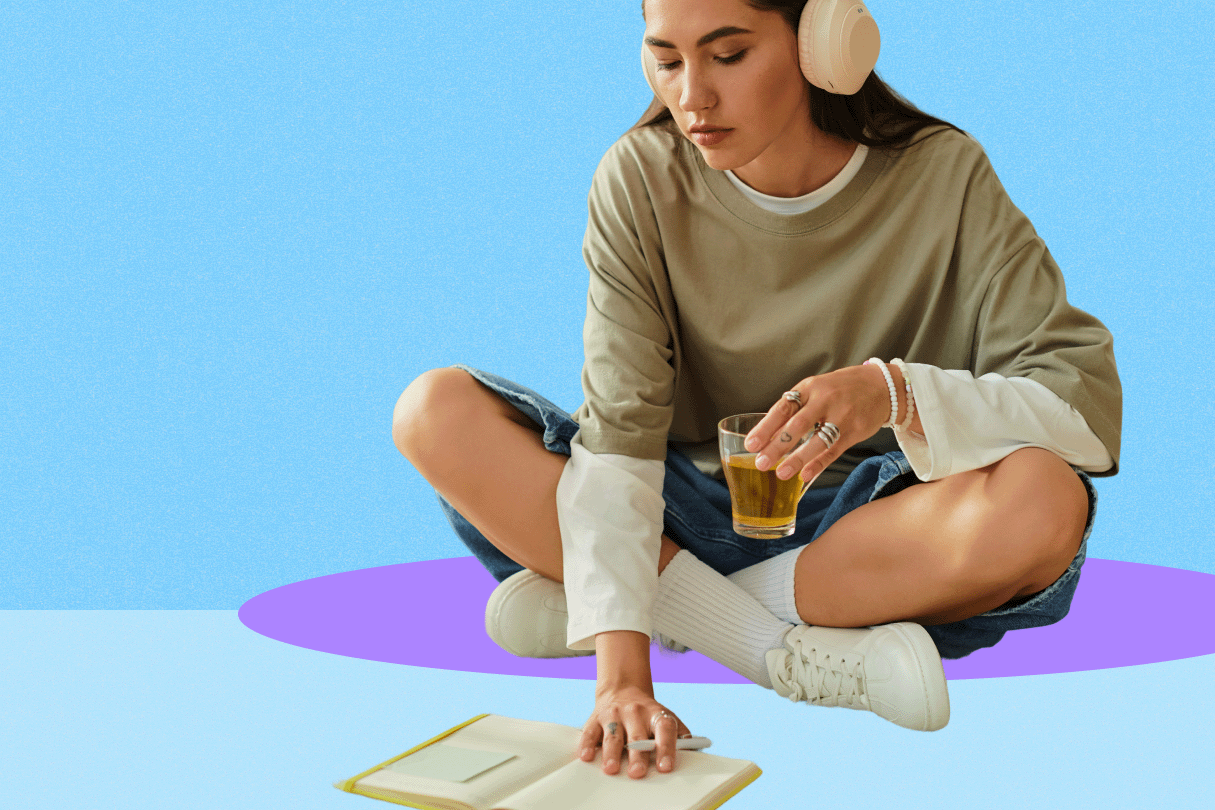
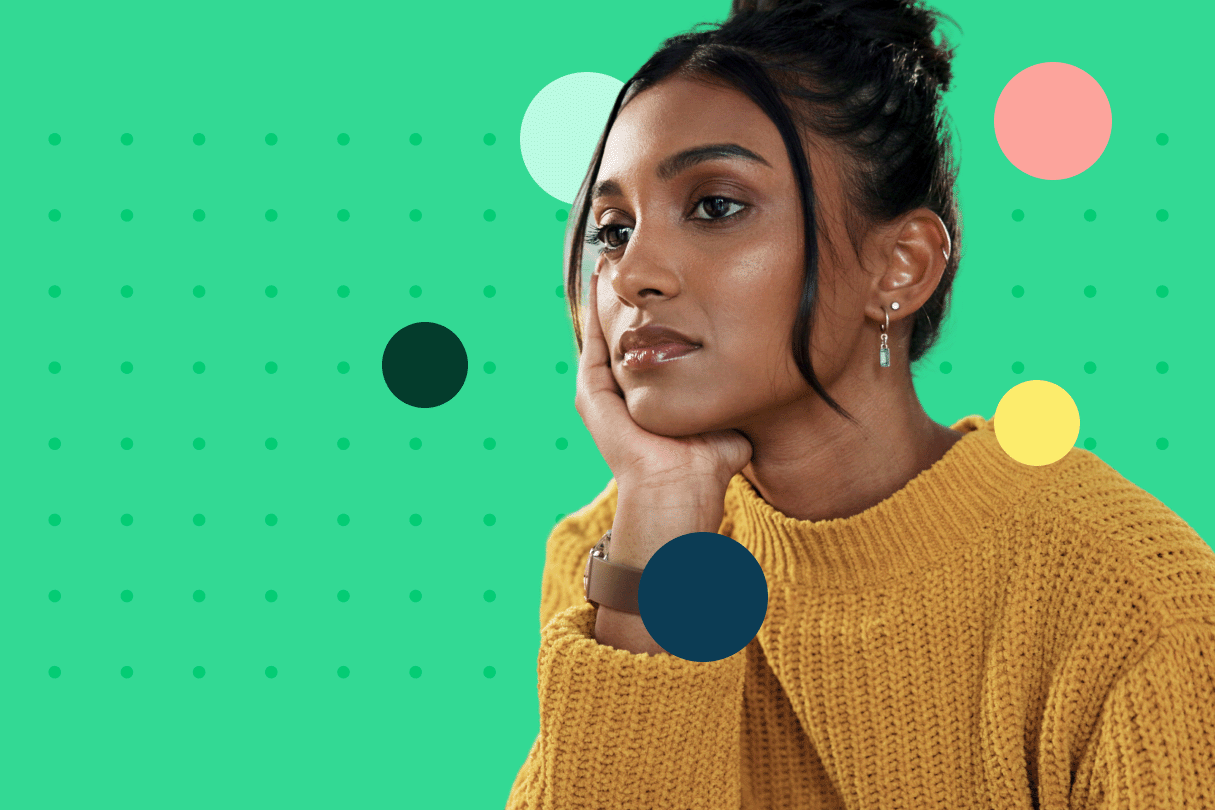

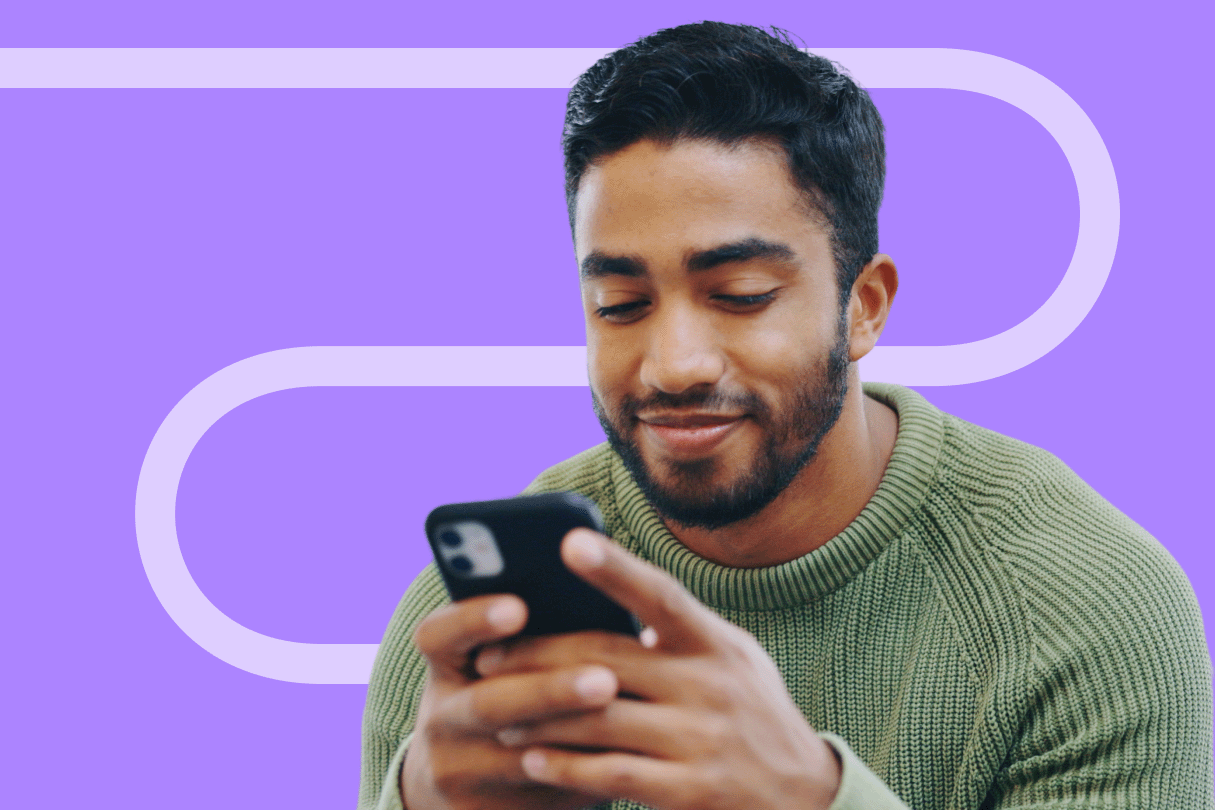

-Preview%20Image.png)



